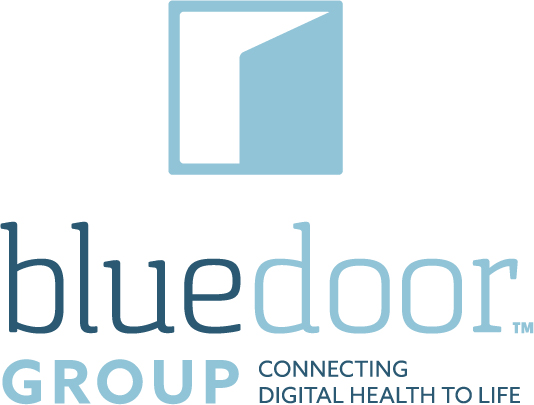By Michael Levy, Bluedoor | October 14, 2018
In this three-part series, we will explore the reasons why private equity and venture capital firms struggle to accelerate return on digital health investments and scale solutions in an otherwise bullish market. This week, we will address the particular challenges of accelerating ROI effectively and considerations critical to success.
In Part One, we emphasized the importance of understanding the differences between digital health and health information technology. According to The Medical Futurist, if Gary the IT guy alone can solve the issue, then it’s a health IT issue. But if additional stakeholders and collaborators are required, it’s a digital health issue.[1]
Another key difference boils down to having a clear understanding between product and solution, which many digital health CEOs I’ve met fail to grasp. Through the lens of Digital Health, a product is really the singular representation of a technical capability and associated user experience for a given problem. In turn, It has led to the widely used phrase: “Technology in pursuit of a problem”. However, for a product to mature into a solution, there needs to be a more holistic development in not only the technology, but in value proposition alignment across stakeholders, business model innovation and evolution, extensible and credible operations and talent, and clear intent on short versus long term through a market-aligned strategy map.
Let’s dig deeper into these critical requirements that CEOs struggle with in these early days of digital health:
Value Proposition Alignment:How do you navigate the ocean of digital health to find the right target audience? Market amplification is often stalled when suppliers don’t know who their customers really are, who to talk to across a healthcare organization, and what messages to convey. It is important for suppliers to understand their customer(s) at a persona level and map the value proposition to each of the different influencers and decision makers in the sales process. This is especially complex in healthcare, where there are numerous stakeholders involved – IT, finance, clinician, administrator, payer, etc.
Business Model Innovation: Where you start is not where you are going to end up, and as solutions evolve in response to changing market needs and payment models, so too should the business model. The business model should be designed to get you to the next inflection point, and then adapt as you test and validate your solution. Too many products fail because their business model is misaligned to the true opportunities in market, and thus making business model innovation part of your core focus is a key to success.
Operations and Talent:Operational excellence should be embedded as a cultural narrative. How does one create critical processes and standards across their organization and embed them into their culture so that the current state is extensible to future state? It is often challenging to create an organizational architecture for the current state that aligns incentives and drives performance measures toward future state. However, it is vital that the right people, processes, and infrastructure are aligned to support scale across all business units. In our experience, this is where CEOs often burn their newly invested cash: hiring more people does not solve the problem; driving efficiencies through operational excellence and enhancing standard processes with technology enablement does.
Strategy Map: Too often, we see newly formed teams within an organization fragmented and disconnected from their mission and vision. In most cases, that’s because they are just words on a PowerPoint slide; but with a strategy map, words become alignment and focus. A strategy map is a one page visual that summarize your core value proposition to each market segment, your business model evolution, and the talent, culture and operations that you need to execute efficiently and effectively against your strategy and drive scale over time. It is a living, breathing roadmap that aligns the whole organization with a common purpose and direction.
The CEOs that are succeeding in Digital Health know the difference between a product and a solution and they are building accordingly. However, this number is still pretty low. Digital health buzzwords (AI, blockchain, etc.) will not be enough to generate buy-in from healthcare executives. ROI is the phrase that will get their attention, due to risk aversion and shrinking margins.[2]The potential for ROI in digital health is there, provided start-ups have the right partner to guide them to acceleration in market through the critical considerations above.
Michael Levy is Co-founder and CEO of Bluedoor – a full service digital health agency providing due diligence, strategy and execution through a diverse team of healthcare leaders with proven track records and decades of real-world experience. Bluedoor works across the healthcare ecosystem from startups to multinationals, helping businesses of all sizes transform their operating model, accelerate their product development, and amplify their presence in market, delivering value and impact. Special thanks to Brian Cooper and Lee Phillips for their contributions to this publication.



